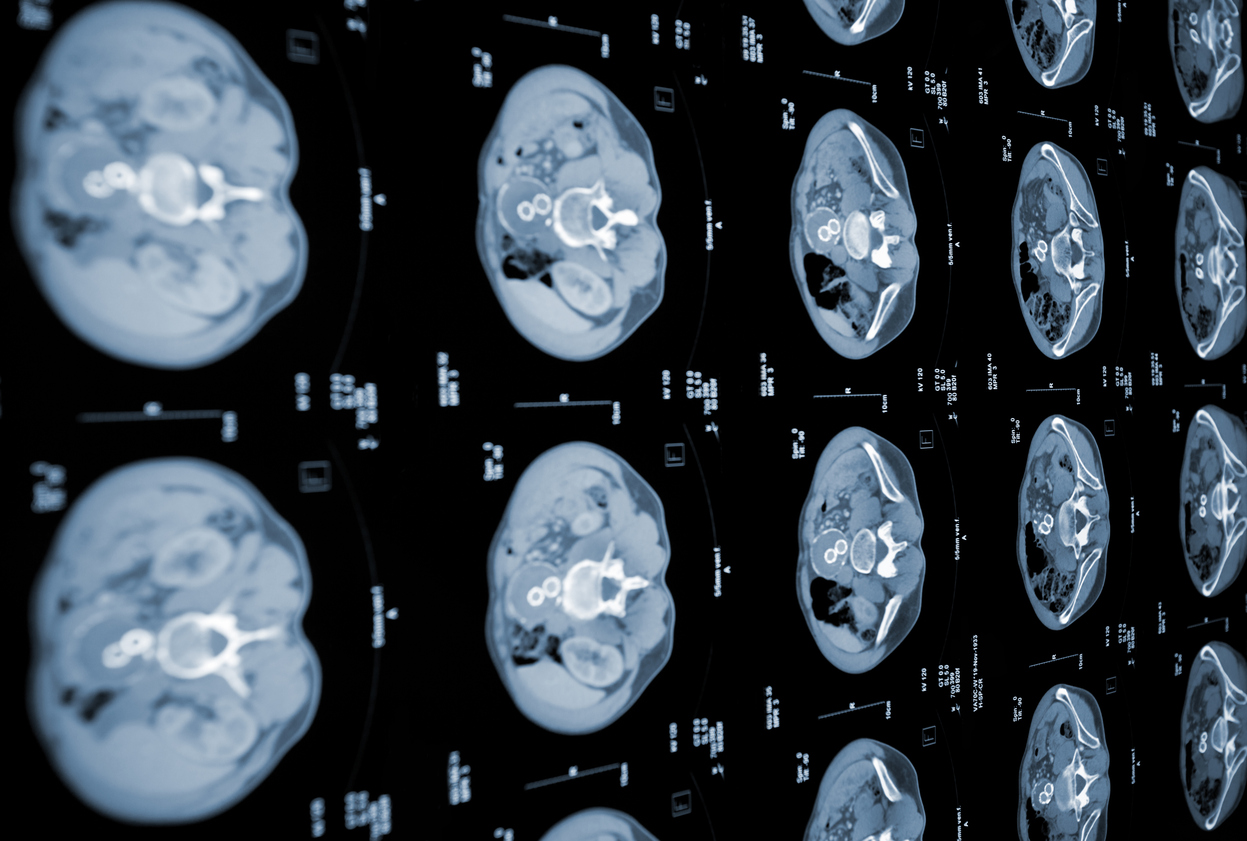Pancreas cancer is the fourth cause of death by cancer in western countries. It is estimated that by 2030 it will likely be the second one right after lung cancer. Professor Alessandro Zerbi, Supervisor of Pancreas surgery at Humanitas, spoke about pancreas cancer and the options of treatment.
“We have to keep in mind that pancreas cancer is not a single disease, but an umbrella name for different conditions such as adenocarcinoma of the pancreas, endocrinal tumor, and cystic tumors”.
Adenocarcinoma of the Pancreas
The adenocarcinoma is the most dangerous type. It is sneaky, grows rapidly and tends to develop metastases. It presents no symptoms initially, and thus it is difficult to get a diagnosis.
However, an early diagnosis is paramount. People with cases in their family should ask for screening tests in dedicated Centers, in order to locate even tiny lesions and monitor them during time.
Contrast-enhanced MRIs allow specialists to locate the tumor and ascertain its stage of evolution, while echo-endoscopies are used to get images of the pancreas and perform biopsies to understand the type of tumor the patient has.
Endocrinal Tumor and Cystic Tumors
The Endocrinal Tumor is the rarest one and generally it is benign. Its malignant forms are also not very aggressive. It gets diagnosed via CT scans, MRI scans and echo-endoscopies. In some cases, specialists use some laboratory tests that measure tumor markers.
Cystic Tumors are more frequent than endocrinal ones. They may be seromas (benign) or mucinous tumors (likely to evolve into malignant ones). Also in this case, diagnoses are performed via CT, MRI or echo-endoscopy.
Surgical Operations
The rapidity and aggressiveness of pancreas cancer towards adjacent tissues, its resistance to standard chemotherapy and its tendency to re-emerging makes it one of the most difficult tumors to treat.
Each patient is different, and surgery is not the best option for everyone. In fact, in some cases surgeons suggest chemotherapy or radiotherapy. However, surgery is required if the tumor looks like a well-localized carcinoma.
Removal surgery is not easy. The pancreas is difficult to reach. It is near important blood vessels, and it is a delicate organ that produces digestive juices that may erode adjacent tissues.
Surgery may also be preceded or followed by a chemotherapy or radiotherapy treatment. “It is important to remember that nowadays chemotherapy is more focused, and thus it has better chances of success than in the past. The prognosis has also got better, and some patients heal completely”, Professor Zerbi said.
The Importance of a Multidisciplinary Center
Patients have to call on highly specialized Centers with great clinical experience. In fact, many studies have shown that a multidisciplinary approach guarantees better diagnoses and more effective treatments.
Humanitas has activated the “Center for Pancreas and Duodenum Diseases”, where different specialist cooperate in order to get accurate diagnoses and offer better treatments to patients.
-
3,400 Physicians
-
110,400 Annual surgeries
-
190,400 Annual Inpatient Admissions
-
928,000 Patients


